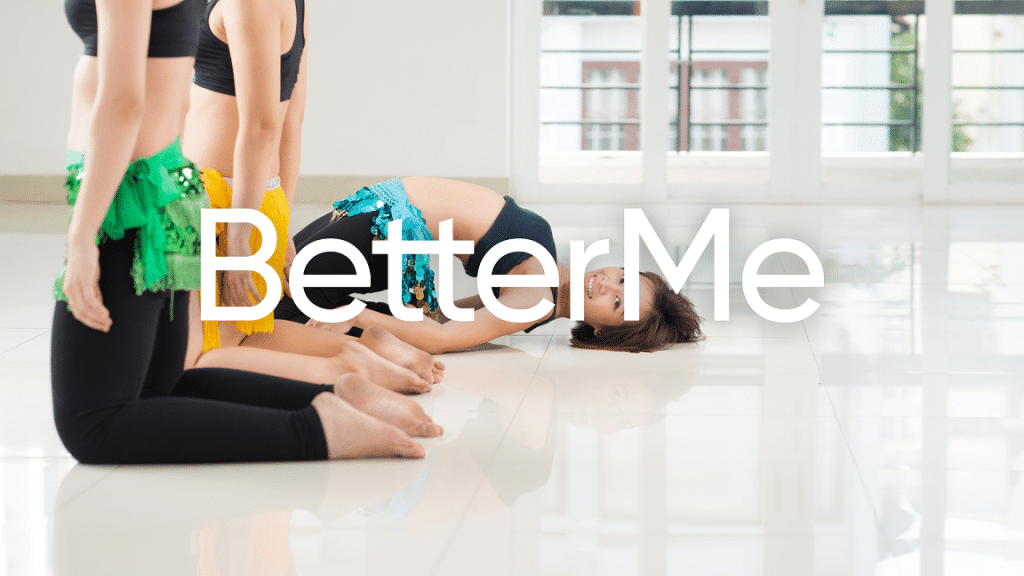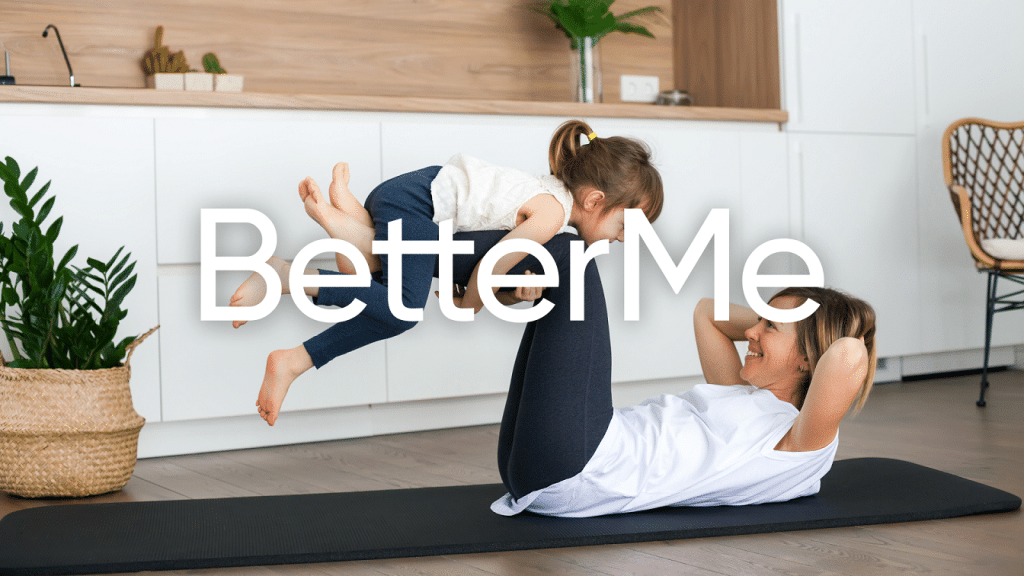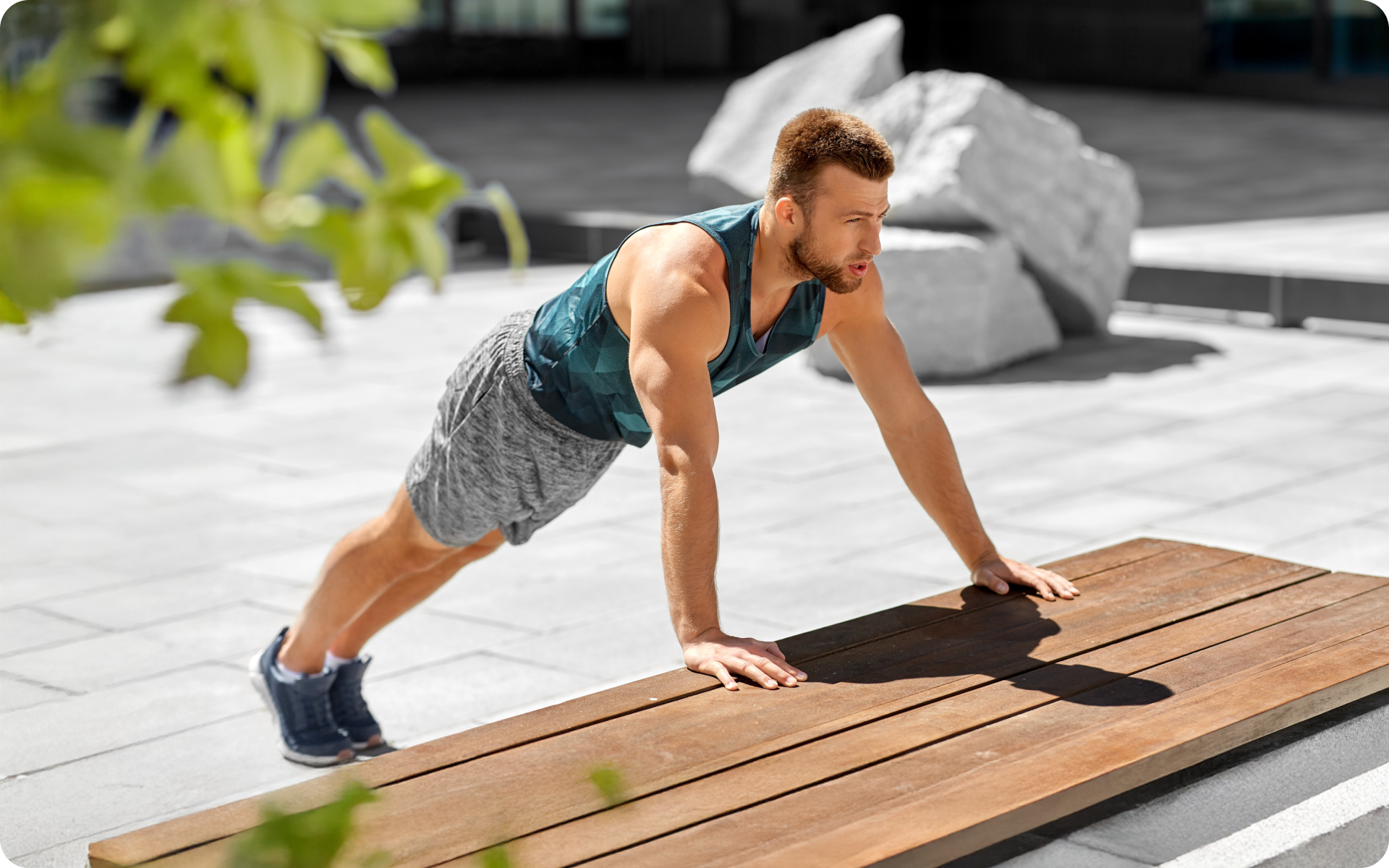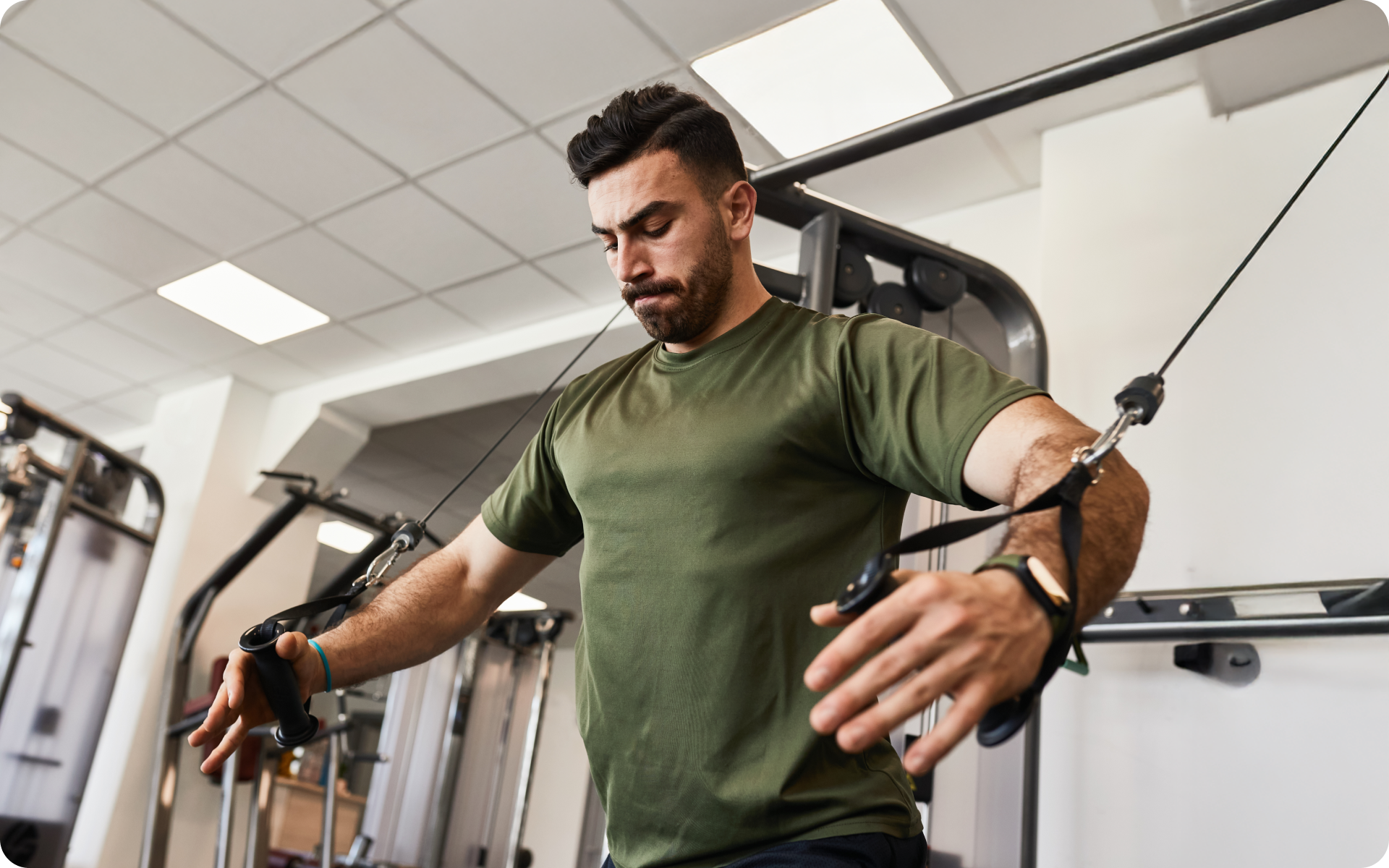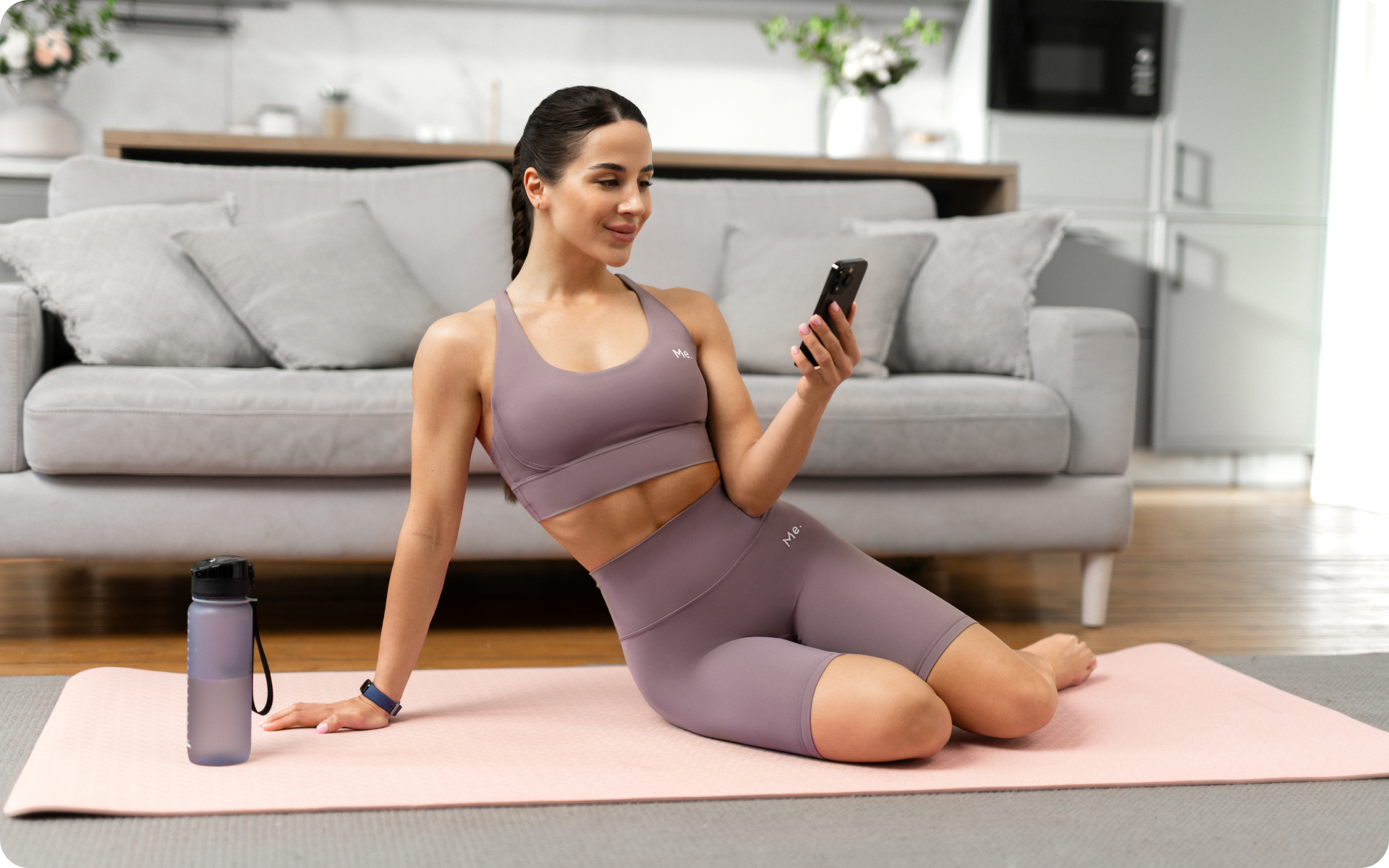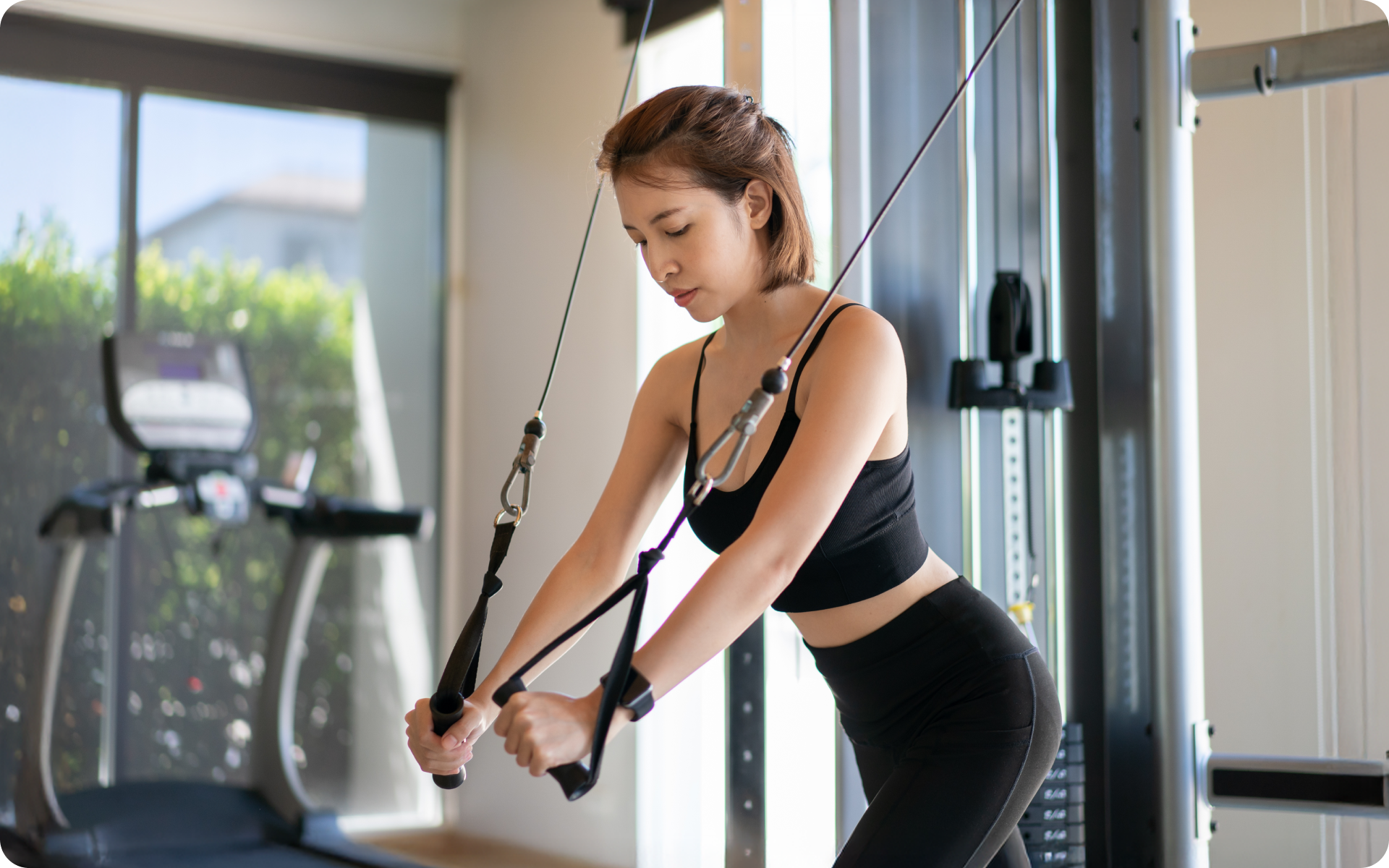As a dedicated runner you’re always looking for ways to improve your performance. One way to do that is by making sure your hips are loose and limber. Tight hips may appear as though they don’t affect your running, but they can actually lead to real problems down the road. That’s because when your hips are tight your pelvis rotates, which can then lead to pain in your knees, hips, and lower back. If you’ve been feeling any tightness in your hips, it’s time to do some stretches. Here are 10 hip stretches for runners that will help improve your performance and keep you injury-free.
Get your personalized
meal plan!
1. Crescent Lunge (Anjaneyasana)
The crescent lunge is a great stretch for runners because it targets the hips, thighs, and groin.
To do this stretch:
- Start in the downward facing dog (Adho Mukha Svanasana) position.
- Step your right foot forward in between your hands.
- Drop your left knee to the ground and lunge forward, keeping your right knee over your ankle.
- Reach your arms up overhead. You can either keep your palms together or separated with your fingertips touching. Look forward and up, holding the stretch for 1-2 minutes.
- Slowly deepen the stretch by leaning forward from your hips.
- To release the stretch, press down into your right foot to bring yourself back to downward facing dog. Repeat on the other side.
2. Pigeon Pose (Eka Pada Rajakapotasana)
Pigeon pose is an excellent hip opener that also stretches the glutes and thighs.
To do this stretch:
- Start in downward facing dog.
- Bring your right knee forward to your right wrist, keeping your ankle in line with your wrist.
- Lower your left leg down to the mat. If you need to, place a blanket under your left hip for support.
- Walk your right foot forward until your shin is parallel with the front of your mat. Lower your right hip down to the ground.
- If you can, bring your left leg all the way back so that your left ankle is by your left hip. If this is too much, keep your left leg bent with the foot placed behind you.
- To deepen the stretch, walk your hands forward until they’re in front of your right shin. Hold for 1-2 minutes.
- To release, press down into your hands to bring yourself back up into downward facing dog. Repeat on the other side.
3. Garland Pose (Malasana)
Garland pose is a great hip opener that also stretches the ankles, groin, and back.
To do this:
- Start in a standing position with your feet about hip-width apart.
- Bend your knees and lower your hips down into a squatting position. Keep your chest up and your spine straight. Place your hands in front of you and in between your knees.
- To deepen the stretch, press your elbows against your knees and use your arms to open your knees wider. Hold for 1-2 minutes.
- To release, press down into your feet to bring yourself back up to standing.
Read More: Upper Spine Stretches: How To Relieve Upper Back Pain And Stiffness
4. Lizard Pose (Utthan Pristhasana)
Lizard pose is another great hip opener that also stretches the hamstrings, groin, and shoulders.
This stretch:
- Start in a downward facing dog position. Step your right foot forward in between your hands. Lower your left knee down to the ground.
- Walk your right foot out to the side and place your palms on the ground. If you can, lower your forearms to the ground.
- Keep your right knee over your ankle and hold the stretch for 1-2 minutes. To deepen the stretch, press down into your hands and walk them forward.
- To release the stretch, press down into your right foot to bring yourself back into downward facing dog. Repeat on the other side.
5. Cow Face Pose (Gomukhasana)
Cow face pose is a great stretch for the hips, thighs, and shoulders. It’s also a good opportunity to work on your flexibility if you’re looking to do splits or other advanced yoga poses.
To do it:
- Start in a seated position with your legs extended in front of you.
- Bend your right knee and bring your foot up to rest beside your left hip. Then, do the same with your left leg so that both knees are bent and both feet are by your hips.
- Keep your spine straight and your shoulders down. Hold the stretch for 1-2 minutes.
6. Lunge Hip Flexor Stretch
The lunge hip flexor stretch is a great way to stretch the hip flexors and quads.
How it’s done:
- Start in a kneeling lunge position with your right leg forward and your left leg back.
- Make sure that your right knee is at a 90-degree angle and that your left knee is on the mat.
- Keeping your core engaged, lean forward into your right hip. You should feel a stretch in your right quad and hip flexor. Hold for 1-2 minutes.
- To release, press into your right foot to bring yourself back up into a kneeling position. Repeat on the other side.
7. Goblet Squat Hip Flexor Stretch
The goblet squat hip flexor stretch is another great way to stretch the hips, quads, and hamstrings.
How this stretch is done:
- Stand with your feet about shoulder-width apart and turn your toes out slightly.
- Bend your knees and lower your hips down into a squatting position. Keep your chest up and your spine straight.
- Use your elbows to press your knees open. You should feel a stretch in your hips and quads. Hold for 1-2 minutes.
- To release, press into your feet to bring yourself back up to a standing position.
Whether you’re a workout beast or just a beginner making your first foray into the world of fitness and dieting – BetterMe has a lot to offer to both newbies and experts! Install the app and experience the versatility first-hand!
8. Wide Split Seated Forward Bend (Upavistha Konasana)
These hip stretches are a great way to open up the hips, hamstrings, and groin. It’s also a good opportunity to work on your flexibility if you’re looking to do splits or other advanced yoga poses.
This stretch:
- Start in a seated position with your legs extended in front of you. Spread your legs out as wide as you can.
- Keeping your spine straight, lean forward from your hips.
- Stretch your arms out and reach in front of you. You should feel a stretch in your hamstrings and groin.
- Hold for 1-2 minutes.
9. Knee To Chest Stretch
The knee to chest stretch is a great way to stretch the lower back and hips. It’s also a good opportunity to work on your flexibility if you’re looking to do splits or other advanced yoga poses.
To do this stretch:
- Start by lying on your back with your legs extended in front of you.
- Bend your right knee and bring it up to your chest. Use your hands to hug your knee close to your chest.
- You should feel a stretch in your lower back and hip. Hold for 1-2 minutes.
- To release, lower your leg back down to the ground. Repeat on the other side.
10. Alternate Toe Touch
The alternate toe touch is a great way to stretch the hamstrings and lower back.
To do this:
- Stand straight with your legs shoulder-width apart and your arms by your sides.
- Keeping your back straight, bend forward from your hips and reach down to touch your toes. Alternate which hand touches which toe each time.
- You should feel a stretch in your hamstrings and lower back.
- Hold for 1-2 minutes.
What Are The Signs Of Hip Tightness In Runners?
Knowing the signs of hip tightness can help you prevent injuries and keep your hips healthy.
Some common signs of hip tightness in runners include (4):
- Feeling stiff in the hips after running or sitting for long periods of time
- Pain in the front or side of the hip
- Lower back pain
- Sciatica (pain that radiates down the leg)
- IT band syndrome (pain on the outside of the knee)
- Patellofemoral pain syndrome (pain under or around the knee cap)
- Achilles tendonitis (pain in the Achilles tendon)
If you experience any of these signs, it’s important for you to stretch and foam roll your hips regularly.
Read More: How To Stretch Quads To Increase Mobility And Prevent Injury?
Which Muscles Are Affected By Hip Tightness?
Hip tightness occurs when several muscles are affected, typically the (1):
- Hip Flexors – These are the muscles that attach your thigh bone to your lower spine and help you lift your knees.
- Gluteus Medius and Minimus – These muscles attach your hip bones to your upper thigh bones and help stabilize your hips.
- Piriformis – This muscle runs from your lower spine to your upper thigh bone, and helps rotate your hips.
When any of these muscles become tight, it can cause pain and dysfunction in the hip joint.
What Causes Hip Tightness?
There are several reasons why someone might experience hip tightness, but the most common cause is prolonged sitting.
When you sit for long periods of time, your hip flexor muscles (which attach your thighs to your pelvis) are in a shortened position. This can lead to the muscles becoming tight and eventually causing pain when you stand up or walk around.
Other causes of hip tightness include:
- Strenuous activity or exercise (especially if you’re not used to it) – this can cause the muscles around your hips to become fatigued and tight.
- Injury – an injury to the hip or surrounding area can cause the muscles to tighten up in order to protect the area.
- Age – as we age, our muscles naturally become tighter and less flexible (2). This is why it’s important to stretch regularly as you get older.
How To Stretch Your Hips Safely
Simply knowing which hip stretches to do isn’t enough. Your technique is just as important as the actual stretch itself. Here are a few tips to help you stretch your hips safely:
Warm Up First
Before you start stretching, it’s important to warm up your muscles. This can be done by walking or jogging for 5-10 minutes, or by doing some dynamic stretches (like leg swings) (3).
Dropping pounds by the dozens without putting yourself through the wringer is everyone’s weight loss pipe dream. But what if we told you that the BetterMe app can make that happen? Keep yourself in prime shape with our fat-blasting workouts, delicious budget-sparing recipes, and body-transforming challenges with our app!
Don’t Bounce
When you reach the end of a stretch, hold the position for 20-30 seconds. Avoid bouncing in and out of the stretch, as this can put too much pressure on your muscles and joints.
Breathe
Focus on taking deep, slow breaths while you’re doing hip stretches. This will help your muscles relax and prevent you from holding your breath (which can make the stretch feel more uncomfortable).
Listen To Your Body
If a stretch is causing you pain, back off. You should only feel a gentle stretch in the muscle, not pain.
The Bottom Line
Stretching is an important part of any runner’s routine, but it’s especially important if you’re dealing with hip tightness. By stretching regularly you can help prevent injuries and keep your hips healthy and strong.
Start with these hip stretches and see how they make you feel. If you have any pain or discomfort, stop the stretch and consult with a doctor or physical therapist. They can help you determine the cause of your pain and develop a stretching and treatment plan that’s specific to your needs.
DISCLAIMER:
This article is intended for general informational purposes only and does not serve to address individual circumstances. It is not a substitute for professional advice or help and should not be relied on for making any kind of decision-making. Any action taken as a direct or indirect result of the information in this article is entirely at your own risk and is your sole responsibility.
BetterMe, its content staff, and its medical advisors accept no responsibility for inaccuracies, errors, misstatements, inconsistencies, or omissions and specifically disclaim any liability, loss or risk, personal, professional or otherwise, which may be incurred as a consequence, directly or indirectly, of the use and/or application of any content.
You should always seek the advice of your physician or other qualified health provider with any questions you may have regarding a medical condition or your specific situation. Never disregard professional medical advice or delay seeking it because of BetterMe content. If you suspect or think you may have a medical emergency, call your doctor.
SOURCES:
- Anatomy, Bony Pelvis and Lower Limb, Thigh Muscles (2021, ncbi.nlm.nih.gov)
- Increase of resting muscle stiffness, a less considered component of age-related skeletal muscle impairment (2020, ncbi.nlm.nih.gov)
- The effect of warm-ups with stretching on the isokinetic moments of collegiate men (2018, ncbi.nlm.nih.gov)
- The Influence of Stretching the Hip Flexor Muscles on Performance Parameters. A Systematic Review with Meta-Analysis (2021, mdpi.com)


